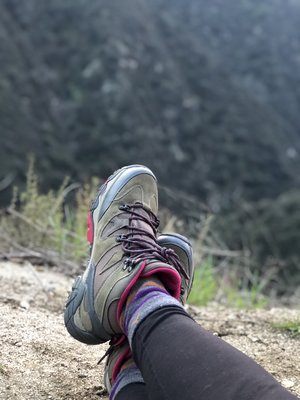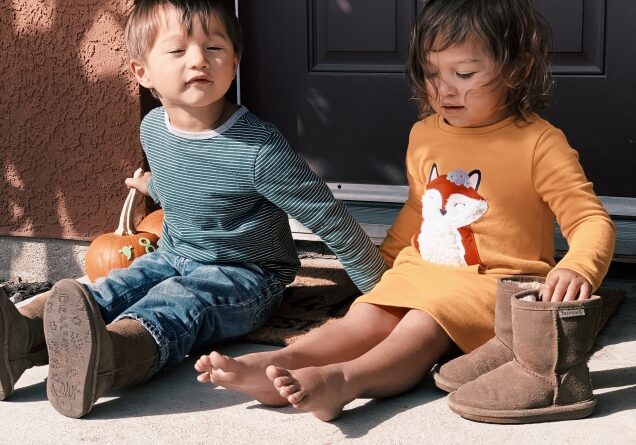10 Tips for Beginner Hikers with Monica Ortega
March 13, 2019

One of the biggest reasons that I started Monica Goes was because I saw so many amazing blogs and vlogs of experts going on epic adventures but I kept thinking “What about the rest of us? What about the people like me who loved the outdoors but had NO clue where to start or what I needed? The ones who are scared of the unknown and intimidated by the adrenaline junkies, but want to give it a go?”
It’s ironic when I get asked detailed questions about hardcore gear or every trail out there because I’m STILL learning as I go. There is so much that I need to learn as well, like how to make camping knots, you might be thinking why do I need to learn that? But trust me, learning something as being to tie something down properly could be a lifesaver. I still have lots to learn though. And most of the things I’ve learned, I learned the hard way; by making mistakes. Like for example learning how to do the dishes properly while camping (you can learn more about this at techiecamper.com). If you don’t clean up correctly it can lead to some serious issues on your hike and to the environment, we all love so much! So to help other newbies like myself and save you the trouble of making the same mistakes, here are 10 tips for beginning hikers.
1. Plan out your hike and BRING A MAP!
It’s easy to romanticize the idea of wandering in the woods getting lost in natures beauty…until you actually do! One book that I’ve used in different cities is “50 Hikes Within 50 Miles”. I found one for Nashville and now use my book for Los Angeles. They give excellent descriptions of the hikes as well as a detailed map. If I’m trying to save weight in my pack I will sometimes take photos of the map. I’ve also heard that the AllTrails App is amazing and really reliable. But be careful using your phone for maps…which brings me to…
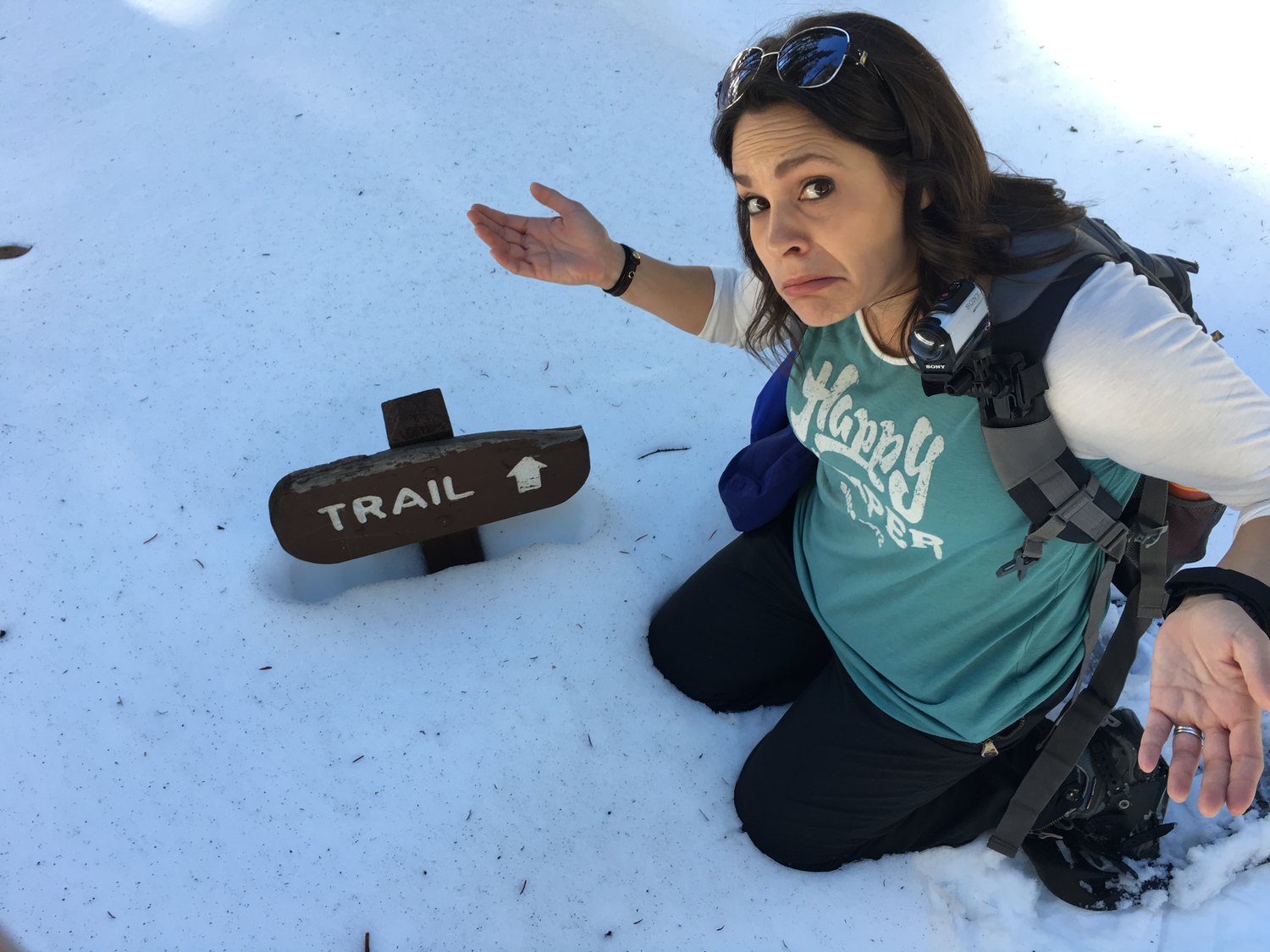
2. Bring external phone chargers
This is more important when you’re doing all-day or long distance hiking but you never know when you could end up staying out longer than planned, or having an emergency and your cell phone dies. If I’m checking out a trail for the first time, I always bring an external charger just to be safe. Another way to help the battery last is to close all open apps and throw it in airplane mode (ideally there’s no service anyway!)
3. Pack a first aid kit
I feel like this is a no-brainer but I know even myself, sometimes I wonder if it’s worth the weight. But it for sure would be if anything goes wrong! I even go one step further and bring a snake and scorpion bite kit. Being in Los Angeles and hiking in the desert I’ve seen my fair share of rattlesnakes and do my best to be prepared.
4. Know the local wildlife (and what to do if you encounter them)
When I first moved to California I was completely naive to the kinds of things that could kill me out in the mountains (especially when hiking alone!) I remember seeing a chewed off deer leg at one point and thinking “hmm that’s hardcore” but then carrying on without thinking. Part of me wants to start looking at product reviews like this one here at https://feedthatgame.com/cuddeback-trail-camera-cuddelink-set-review/ for example, to find a good trail camera that could be cool to setup mid-hike and come back to look over the footage a couple of days later to see what I could have possibly missed while I’ve been away, although if I capture any animal eating another, I think I’ll probably have to skip that in the recording.
It wasn’t until I ran into two mountain lions alone on a trail that I was thankful that I had read up on what to do in this situation. I banged my hiking sticks and sang loudly and they let me pass by with no trouble. I learned what to do if you encounter a bear and when backpacking, I bring my bear spray (if it’s allowed); I read up on rattlesnakes and learned that they rarely kill humans, they rattle to warn you to stay away and if bit, stay calm and walk (or be carried) back to safety.
It’s SO important to do research on the area you’re hiking in and have basic knowledge of what to do if you come across dangerous wildlife. It can also make these sightings incredible if you know to keep your distance and stay calm.
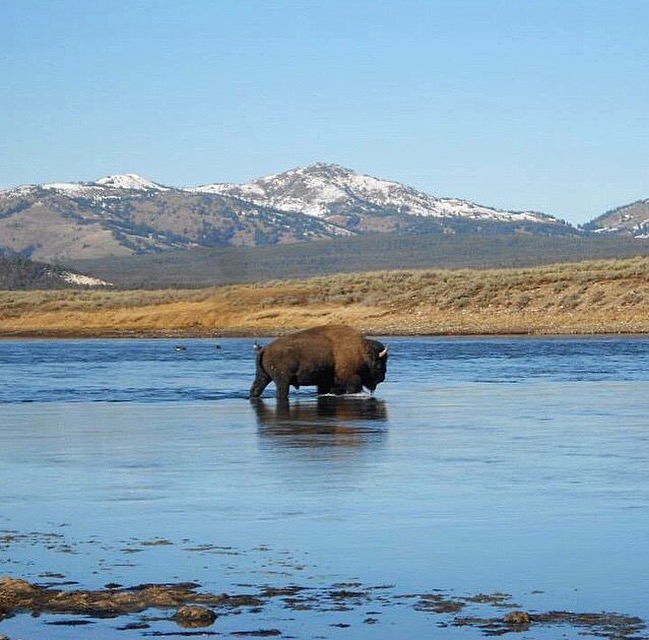
5. Be prepared and have protection
On the same note as wildlife, be prepared for any other emergencies as well. Carry a whistle in case you need help (or to scare off something or someone). Bring a headlamp in case you end up unexpectedly hiking or camping out overnight. It’s also worth your while learning how to make a campfire if you end up having to camp out, to keep yourself warm and perhaps heat up any food you may have with you; campingfunzone.com has some tips if you need them. After my mountain lion run-in, I now carry a knife with me on any big or solo hikes. And of course, sunscreen and bug spray for the less extreme, but more likely scenarios.
6. Bring a water purifier
I know most of these tips are focused on emergencies but that’s because, well, that’s where I made the most mistakes when I started out and they are the most crucial! Another piece of gear that should always be in your pack is a water purifier. Clean water can mean the difference between life or death in a trail emergency. I once was hiking in Shenandoah National Park and thought I took a wrong turn which meant I could be lost on the Appalachian Trail (which runs 2,200 miles!). I had run out of water thinking I would only be hiking for a couple of hours but luckily, I found a stream and had my Grayl Water Purifier on me to refill my bottle. Shortly after, I found the correct trail and made it back safely. I told you, I made a LOT of mistakes when I started hiking!
7. Good shoes are EVERYTHING!
So now that we’ve covered the basic emergencies, let talk about the things that will make your hike SO much more enjoyable. Good shoes and socks are EVERYTHING! There is (almost) nothing worse than enjoying a beautiful hike and getting a blister only to realize you still have to hike all the way back out. And as a general rule, always get boots one size up. Trust me, on your first descent when your toes are pushing the front of your boots you’ll thank me.
I love my Bearpaw Corsica hiking boots. They have good insoles so my feet are cushioned while also being waterproof and durable. There are all kinds of boots out there, but I like having the high ankle for extra support as well as extra protection from things like ticks or snakes. Click here and use the code MONICAGOES20 for 20% off!
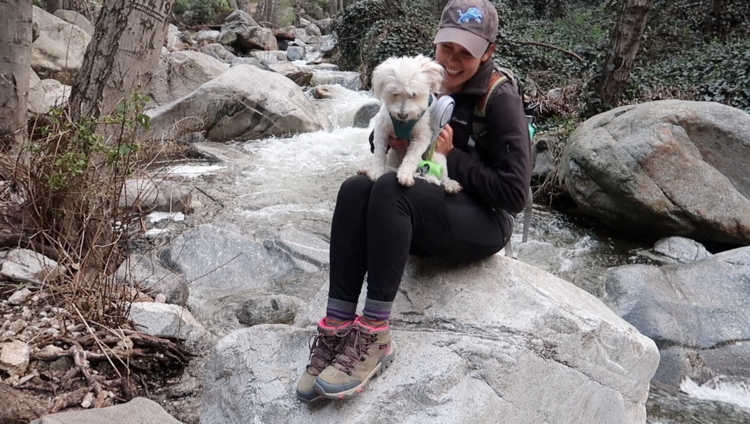
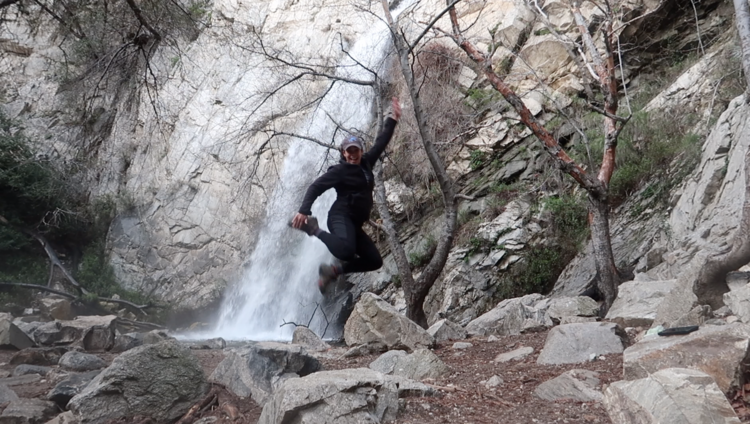
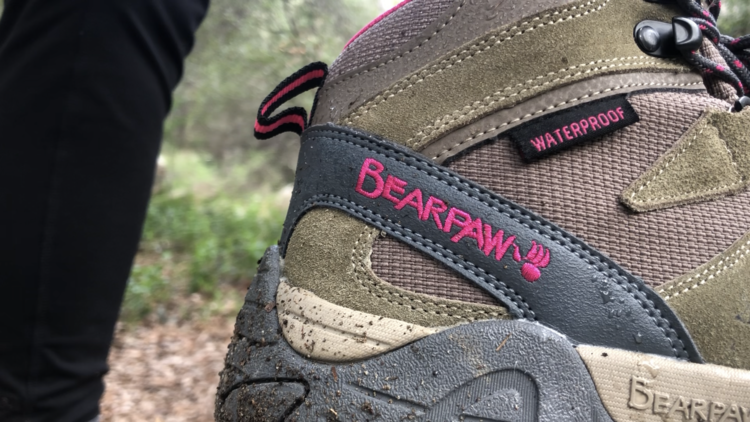
8. Use a hiking stick
When my mom bought me a hiking stick for Christmas one year I laughed at her and joked that I wasn’t 90 years old. But let me tell you, I was SO wrong, hiking sticks are AMAZING! They help your knees a ton when you’re going downhill, especially if you’re carrying a heavy pack. They’re also super useful if you have any river crossings as they help you keep your balance as well as see how deep the water is. And as an added bonus, I use mine to scan ahead of me in high brush in case there are any snakes or critters I don’t want to surprise.
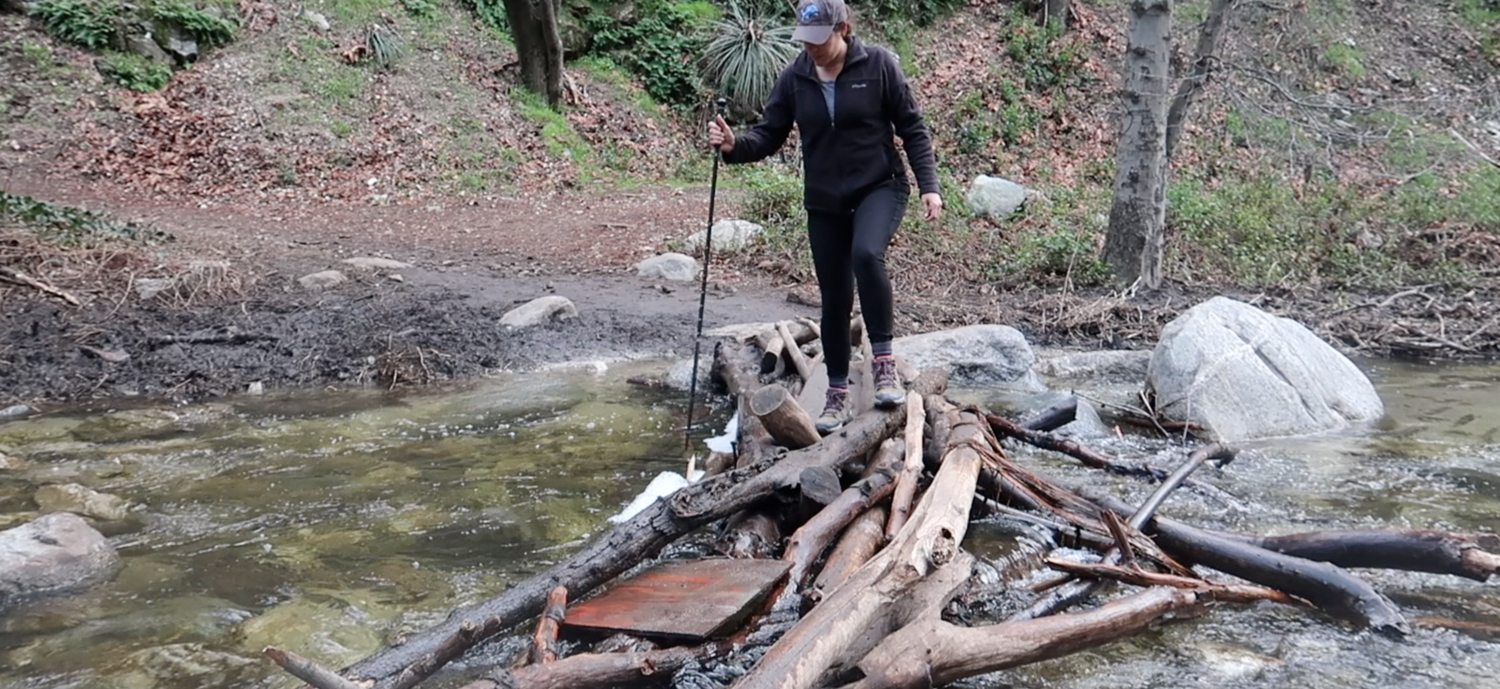
9. Protect your pets
I hike a lot with my dog Millie and that has also been a big learning experience. I love to let her run when she can but have learned to keep her on a leash for the most part because I don’t want her following a squirrel over a ledge, sniffing out a snake, or worse, attracting big prey. I know that this is different for every dog depending on their size and how well they are trained.
I also highly recommend a good harness. Ruffwear makes outdoor gear for dogs and it’s not only more comfortable for her on the leash but it’s also super durable. Make sure to bring plenty of water and treats for your dog. Also, be aware of the weather and don’t take your dog out if it’s really hot or really cold and watch their behavior to see if they need to be carried out. And finally, check for ticks and other bugs. Millie goes straight into the tub when we get home!
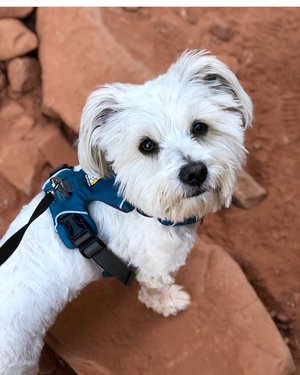
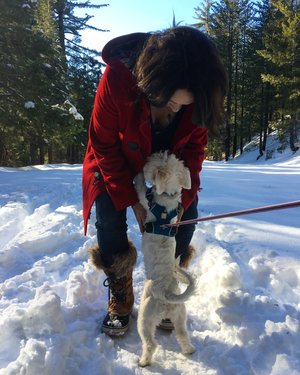
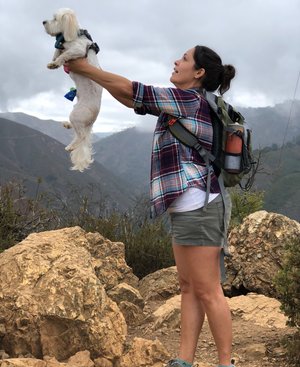
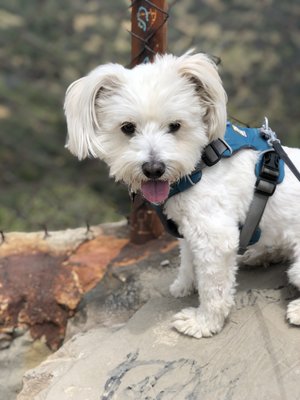
10. ALWAYS let someone know where you’re going and when to expect you back
The safest way to hike is with a friend or in a group. If anything happens, someone is there to help or to go and get help. But, if you’re like me and enjoy the occasional solitude of hiking alone, be sure to tell someone what trail you’re hiking on and when to expect you back.

So there you have it! 10 tips for beginning hikers that should get you trail-ready! There are so many other aspects to hiking depending on your terrain, gear, length of the hike, etc. but the most important thing is to be safe and be prepared. Everything from there on, is just a walk in the park.
For more from Monica, check out MonicaGoes.com


